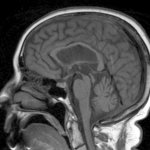
News • New biological approach
Old antibiotic could become valuable depression treatment
An antibiotic used mostly to treat acne has been found to improve the quality of life for people with major depression, in a clinical trial from Deakin University.


























